Ko Prange
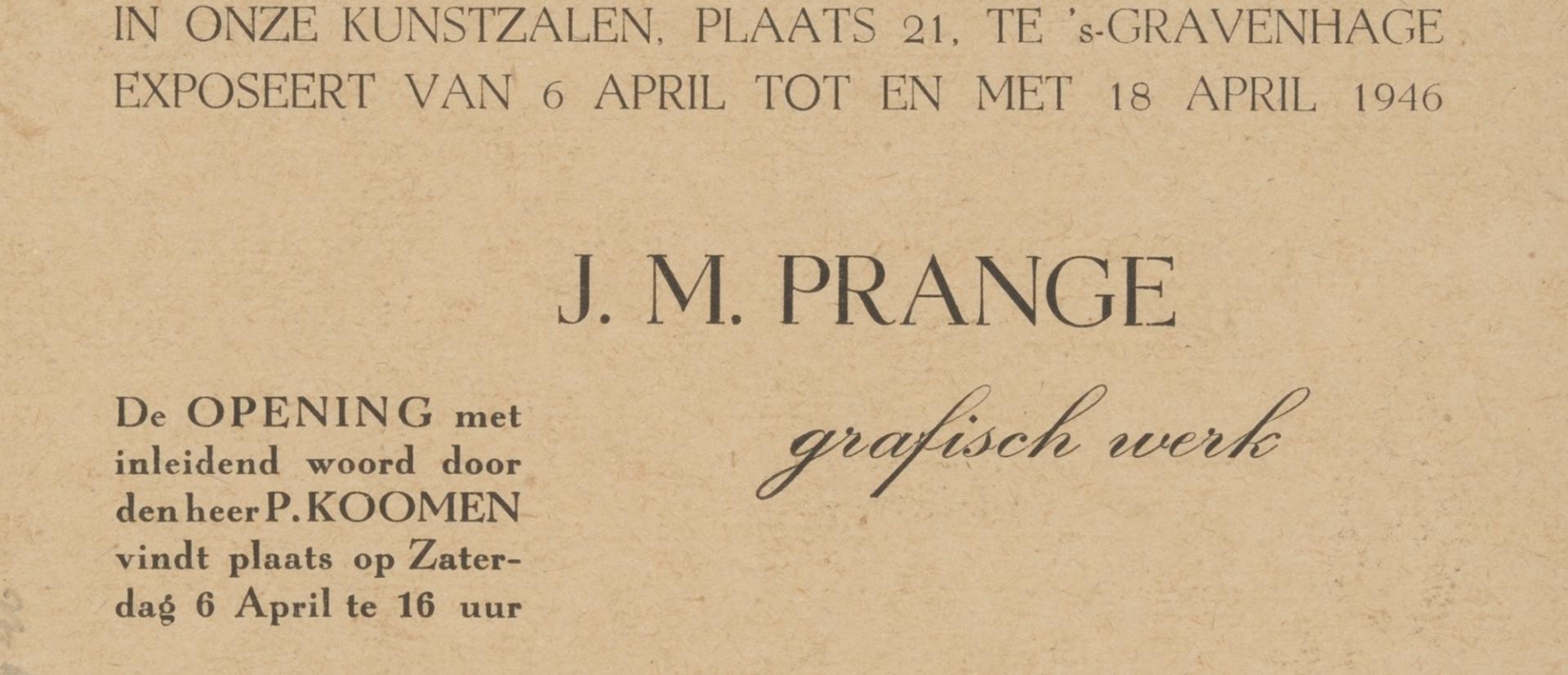
‘Whoever engages with contemporary visual art ventures into the jungle.’ Such is the opening line of the 1957 pamphlet that has the enigmatic title De god Hai-Hai en rabarber. Met het kapmes door de jungle der moderne kunst (The god Hai-Hai and rhubarb. With the machete through the jungle of modern art). In this text laced with irony, the author Jacobus Marie (Ko) Prange aims his arrows primarily at modern art, and at abstract art in particular. Nowadays, Prange is not a name that sounds familiar to everyone, but in the post-war Dutch art world he was known as a renowned critic who went to war against everything that hinted at novelty or non-figuration. A brief introduction to the man who riled up many an art lover and museum director with his unvarnished criticism is therefore in order.
Conspiracy
Prange was born in Surabaya in 1904 and died in The Hague in 1972. In this city he trained at the Akademie van Beeldende Kunsten, after which he achieved some minor success as an artist with realistic, sometimes surrealistic, somber graphics. In the late 1930s, at the instigation of Simon Carmiggelt, he was appointed art critic at Het Parool, where he would be employed until 1962. Time and again he fired shots at modernism in his reviews, and like other conservative critics he believed in a conspiracy theory; The modern art world – museum directors, gallery owners, art dealers, journalists – was conspiring against the artisan-realist artist who was routinely ignored and condemned. After ending his job at the newspaper, he left for Boekel, North Brabant, hidden far away from the modern art world. In 1966 he started working as a graphic artist again, but a glittering career as an artist proved to be not for him.
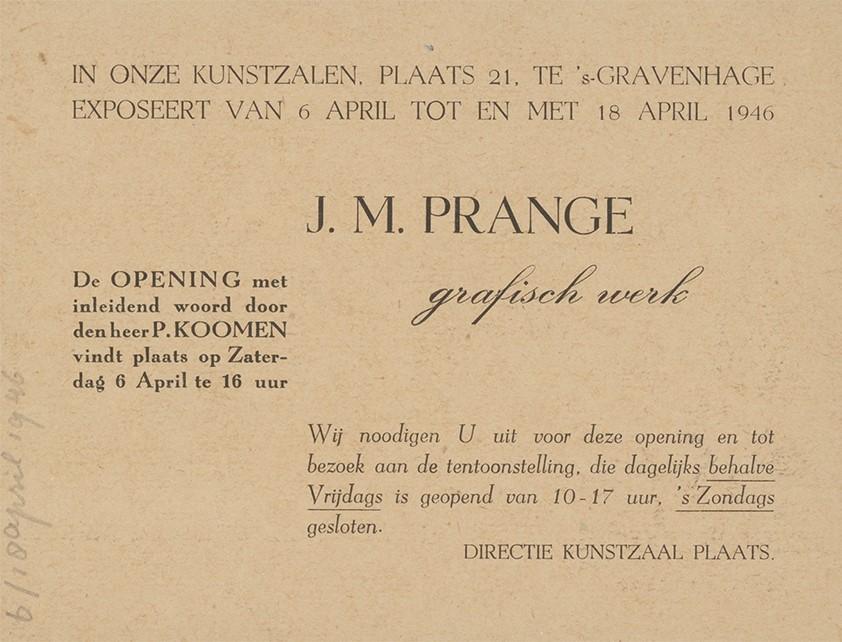
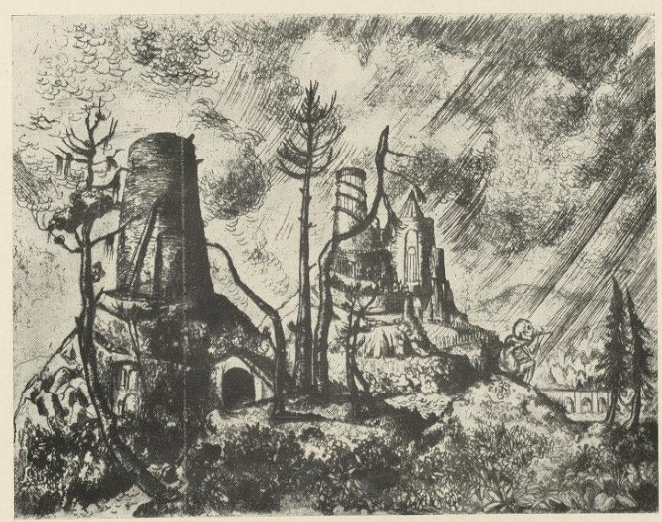
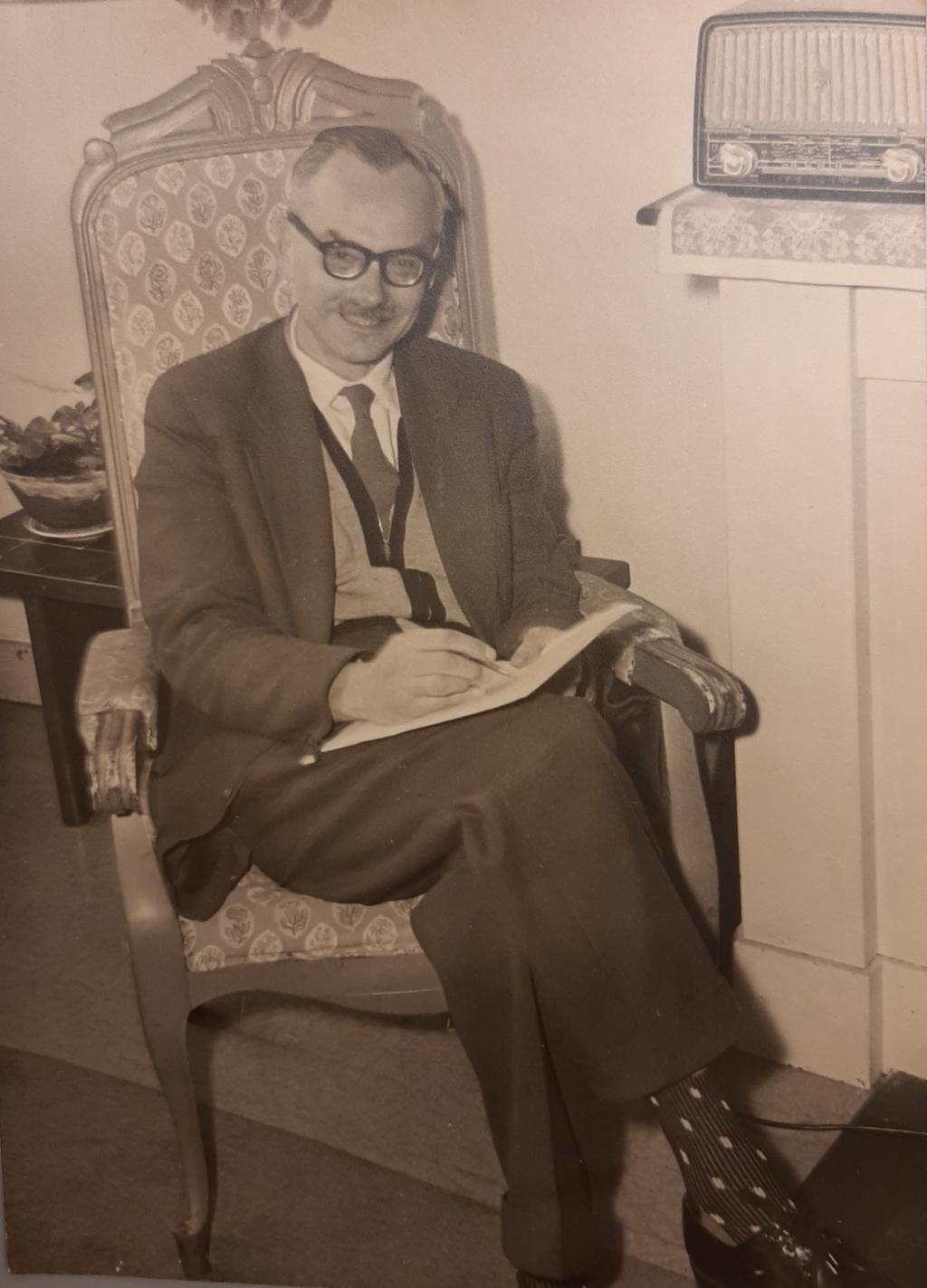
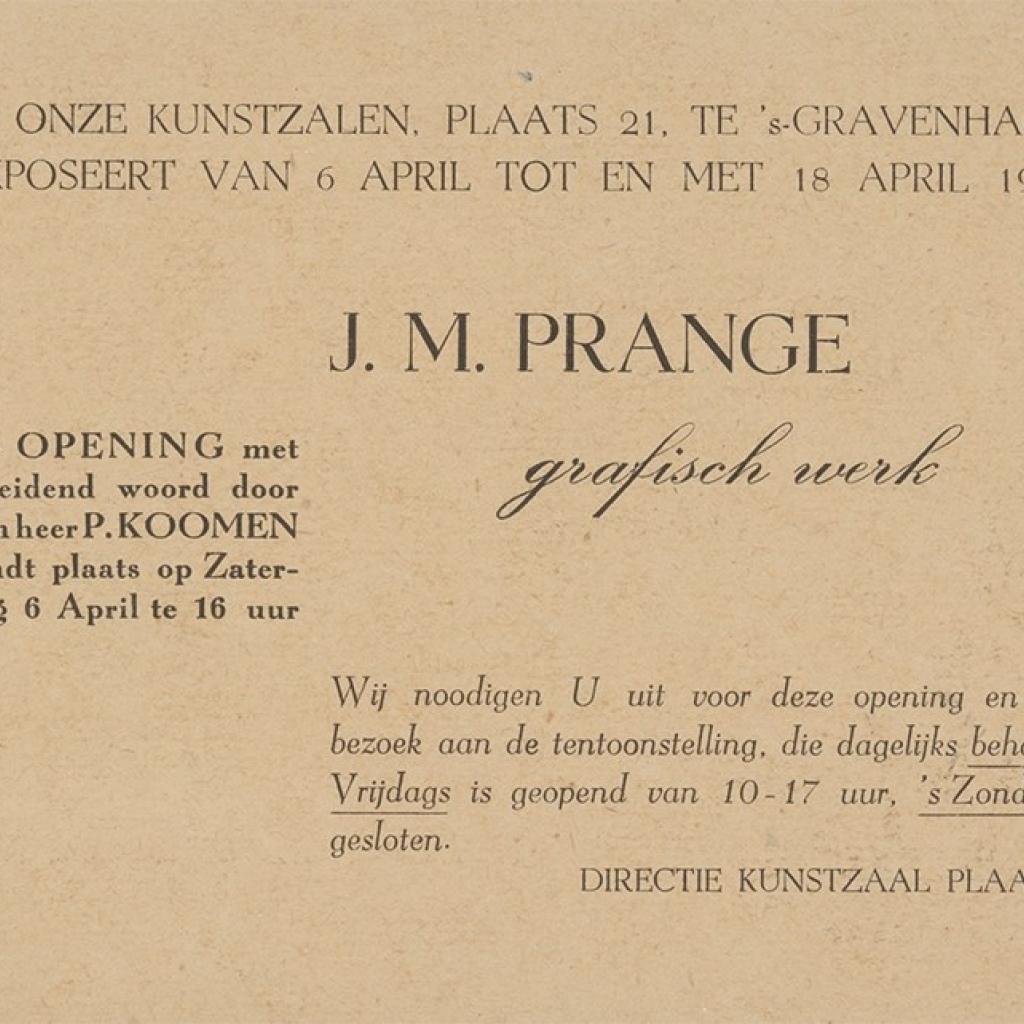
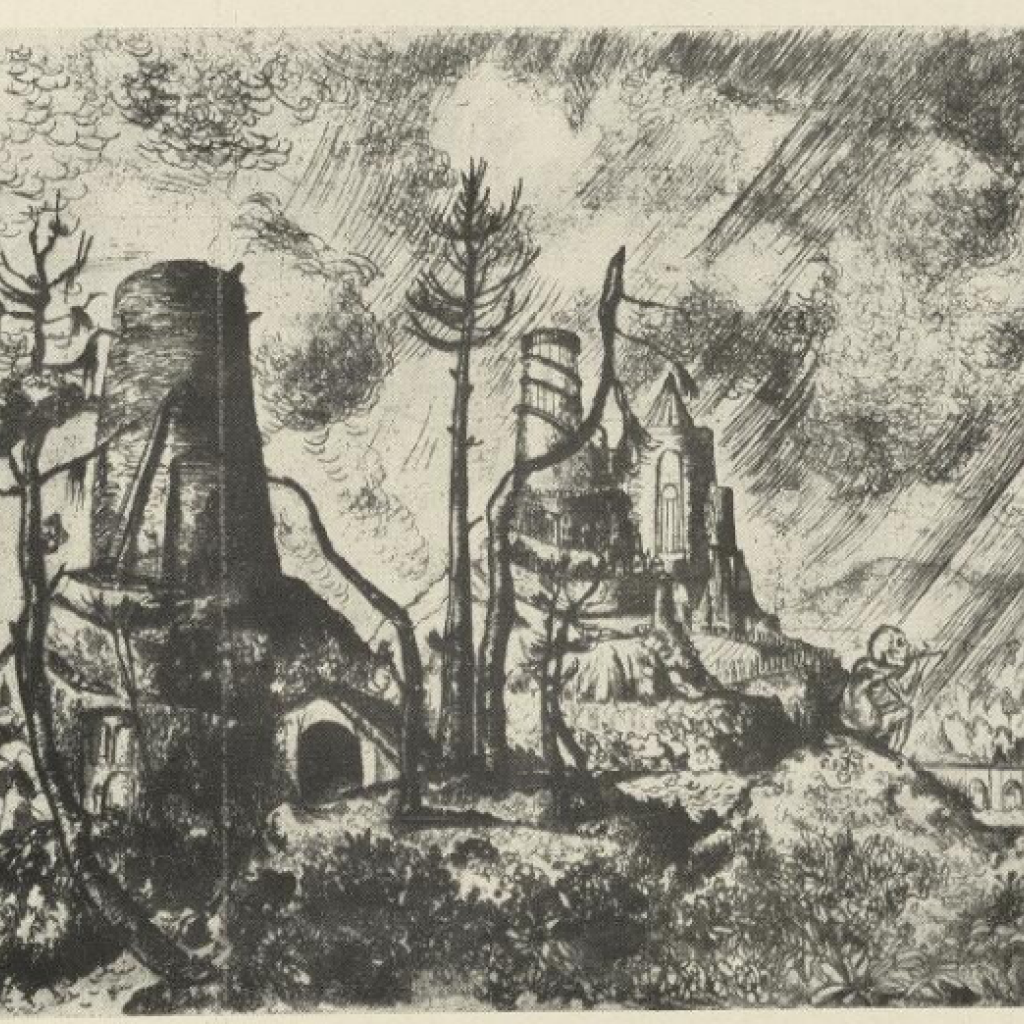

Emperor's New Clothes
He expressed his hatred, jealousy and incomprehension of abstract art in 1957 in the aforementioned, rather ludicrous pamphlet De god Hai-Hai. In the postwar Netherlands of reconstruction, the polemic regarding the developments of art was a serious matter. The title refers to Prange's invented metaphor of modern art as a jungle, in which ‘medicine men’ beat the ‘tam-tam’ to bring everyone under the spell of the god Hai-Hai (‘modern art’). Like a true Don Quixote, he makes his way through the jungle with a machete to dispel all lies and deceit. Along the way, Kandinsky, Klee and Mondriaan perish, and above all, he has absolutely nothing positive to say about Picasso, who in his eyes was the greatest charlatan of the twentieth century. The exhibition policy of Sandberg, director of the Stedelijk Museum in Amsterdamat the time, is also criticized. The god Hai-Hai seems to be a variation on the fairy tale of the emperor's new clothes, which was also commonly used as a story to debunk modern art. ‘Rhubarb’ is an allusion to a word apparently used in radio dramas to suggest ‘the grumbling people’. Prange is frequently referred to as a ‘feared critic’, but wasn't he equally fearful himself? Anxious about the unknown future of art, modern society attacking certainties of the old world, afraid of losing out as an artist?
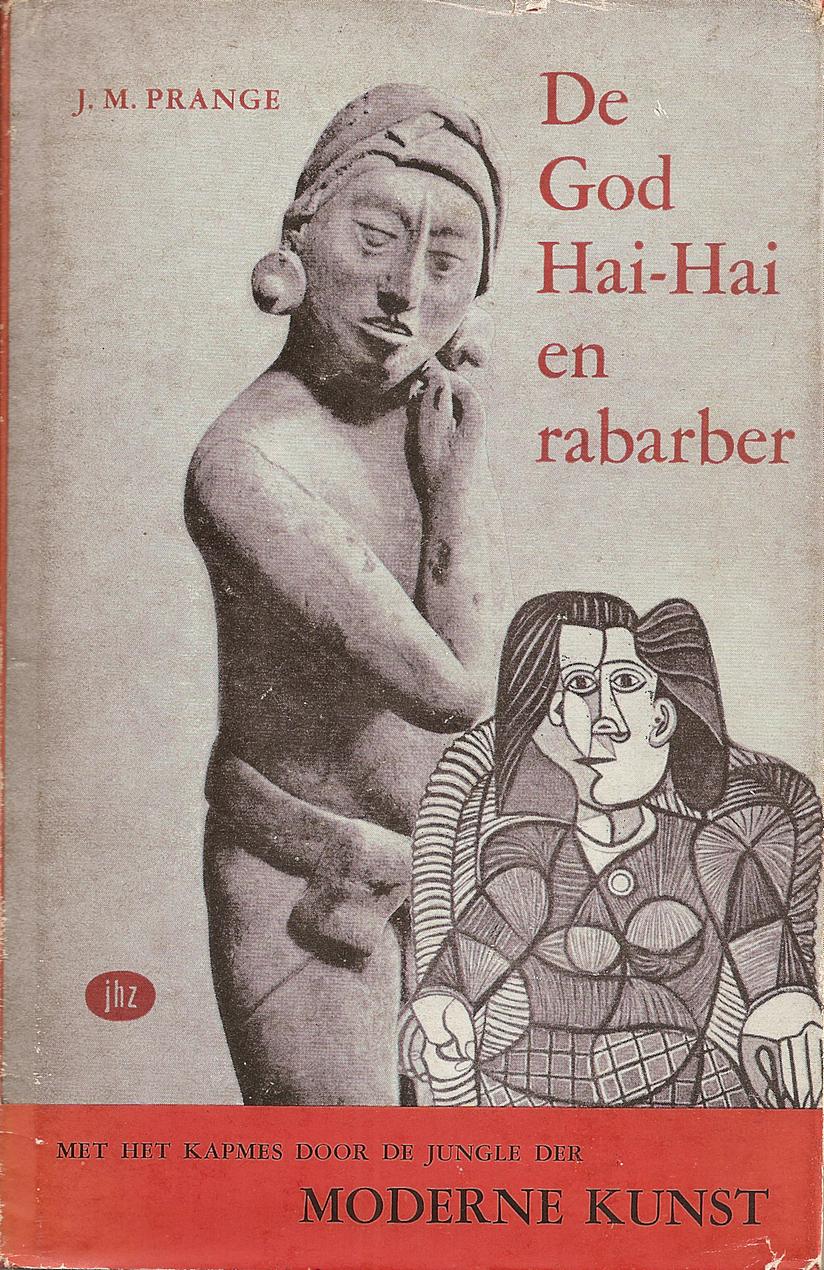
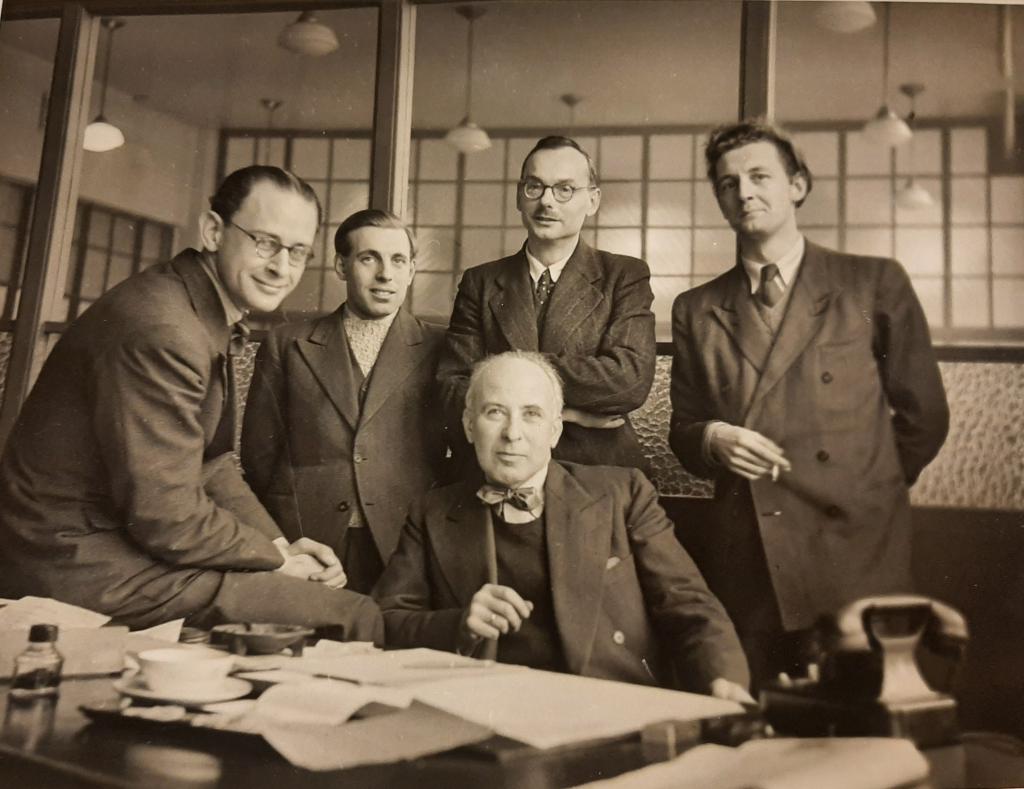
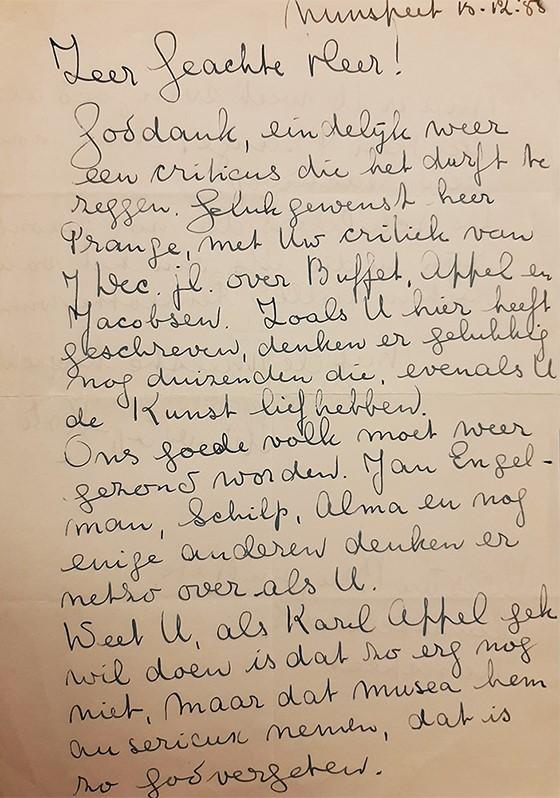

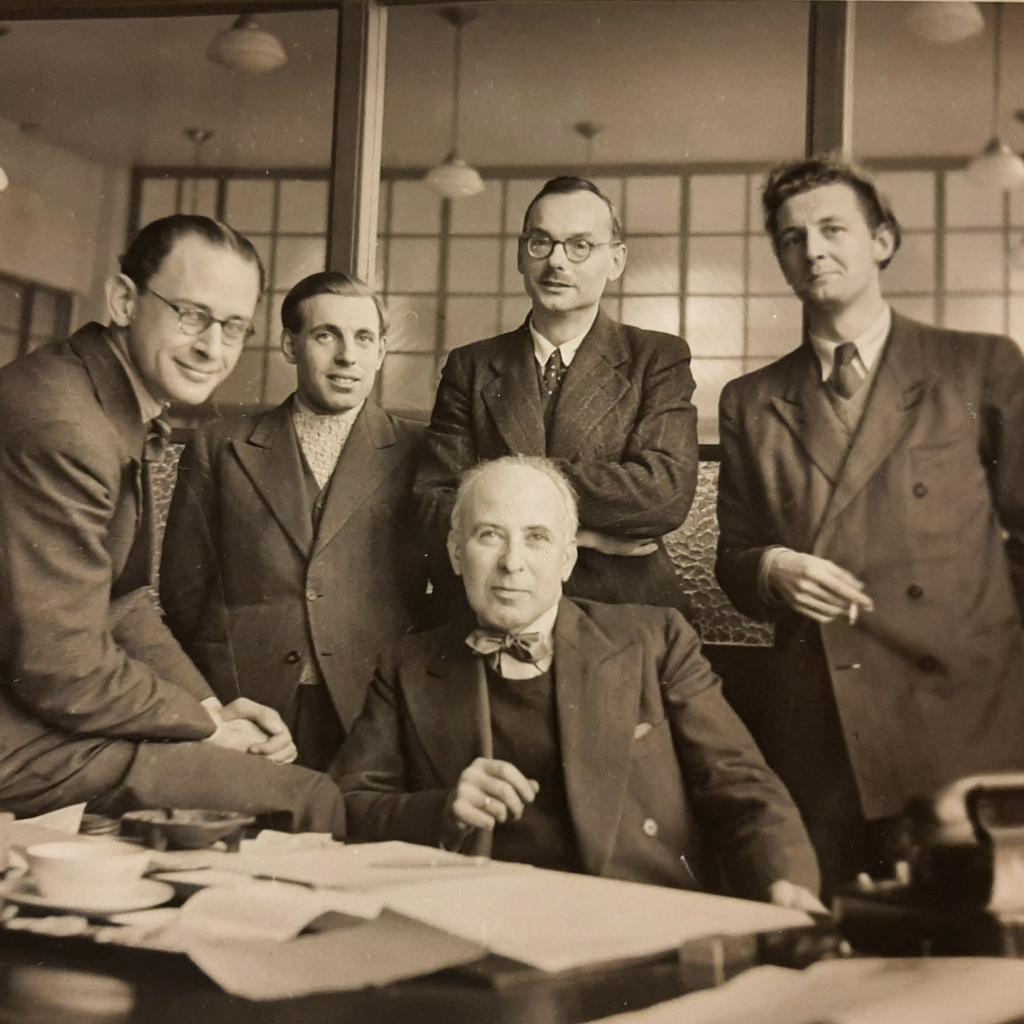
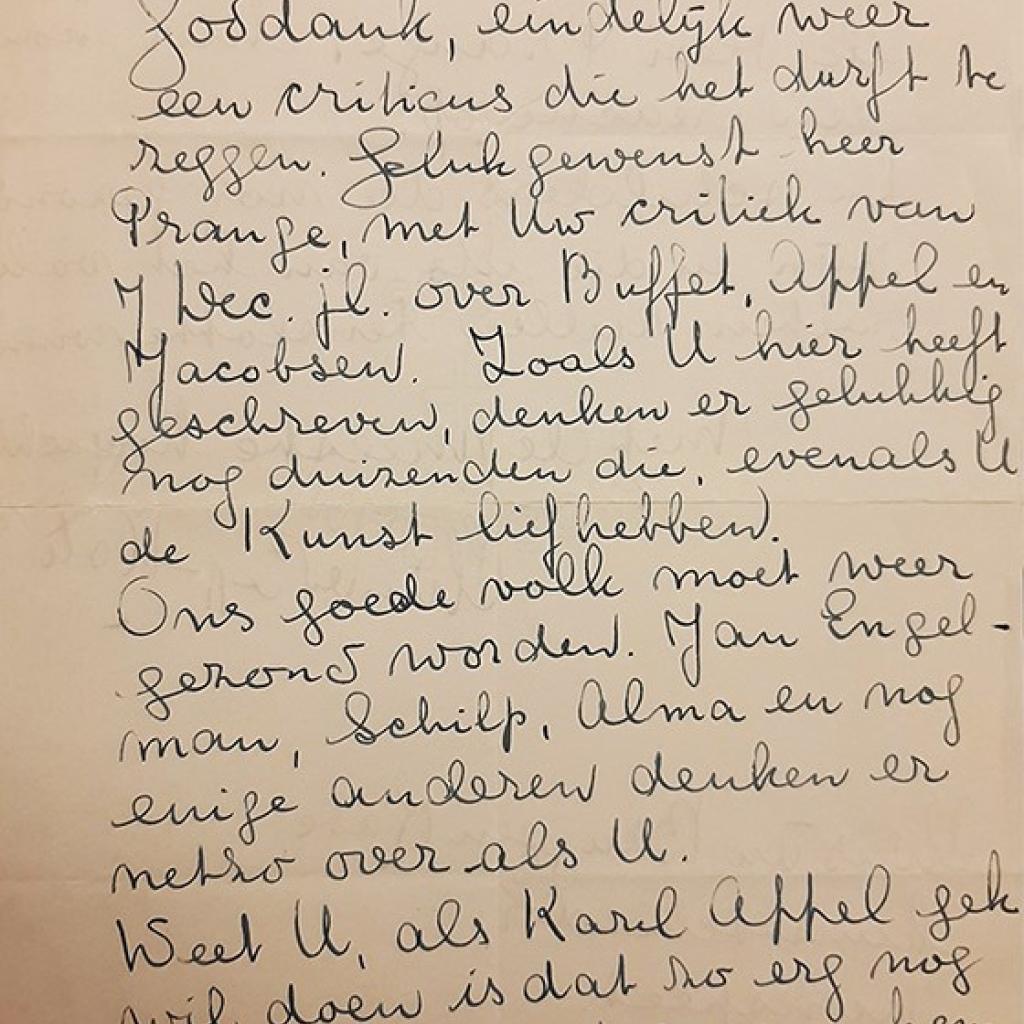
Oppenents and kindred spirits
With his provocative reviews, Prange not only met resistance, but also reached supporters who saw in him a defender of the traditional art practice. In Prange's archive, which is preserved by the RKD, correspondence contains various expressions of acclaim and encouragement for the art critic. For example, artists’ association De Brug asked him to give a lecture on the developments in contemporary art. The members were convinced that he was ‘the particularly suitable person’ to show how so-called Modern painting, especially in its abstract expressions, ‘wanders on a wrong path, indeed on a wayward path’. Nunspeet-based artist Chris ten Bruggen Kate joined Prange in his critical remarks: ‘Thank God, finally another critic who dares to say it. Congratulations Mr Prange, on your critique of Dec 7 on Buffet, Appel and Jacobsen. As you have written here, fortunately there are still thousands who, like you, think they love Art. Our good people must be restored to health.’ Prange was not alone in his battle against the depravity of modern art. Seven years earlier, Carel Willink published a similar booklet, De schilderkunst in een kritiek stadium, in which he rails against modern tendencies in painting.